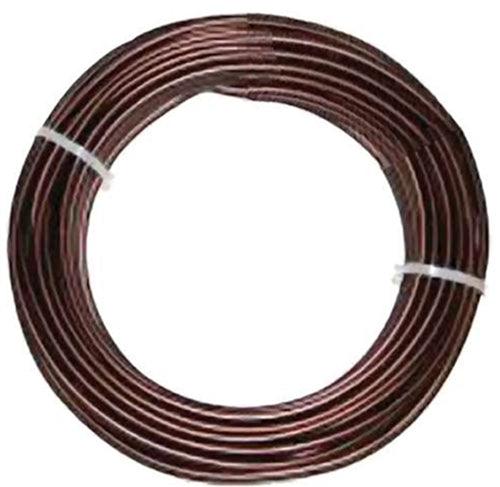 A freshly transplanted Black pine. The photo is from our Masters’ Series Pine book
A freshly transplanted Black pine. The photo is from our Masters’ Series Pine book
For most of you spring transplanting has come and gone, but here in northern Vermont we're in the thick of it
I've read and heard different opinions on top pruning when transplanting. Some Japanese growers don't recommend much if any; top pruning can add stress to a tree that's already stressed from transplanting. Conversely, I've read that taking equal amounts off the top and bottom lessens the load on the roots while they are recovering.
Mostly I try to err on the light side (or in some cases none at all), though some trees that are freshly dug from the ground are so overgrown that top pruning is essential

We recommend these two items with every tree you transplant. Myconox, which is mixed into the soil, helps replace the all-important mycorrhizal fungi. Dyna-Gro K-L-N is a rooting compound that is formulated to reduce stress and encourage growth. I apply it with the first watering and about once a week for the next couple months

Pieces of the pie. From Bonsai Today issue 39
(we'll show the 'after' photo in tomorrow's post)
The technique shown here is particularly good if you want to replenish the soil while leaving some of the roots undisturbed. Doing this lessens stress and hastens recovery and is often used in the fall when recovery time can be short. Especially in cold climates
This technique is useful when you want move a tree from a larger to a smaller pot, or into a pot that has a different shape. It also works when you want to replenish some of the soil and then put the tree back into the same pot and is particularly useful for repotting forest plantings.
If the roots aren’t well enough established to hold the soil together when you take the tree out of the pot, then this technique won’t work

Before. A well developed Satsuki azalea in the wrong pot

to a round pot, you start by cutting off the corners

Removing the bottom roots
In almost all cases, you want to remove the lower roots. This encourages roots to spread out rather than grow down and because the tree mirrors the roots, it encourage the above ground growth to spread, which is what you usually want with bonsai, especially if you want a good nebari. Another reason to remove the bottom roots is to make more space to replenish the soil
Stay posted for the second half of this transplanting story...

